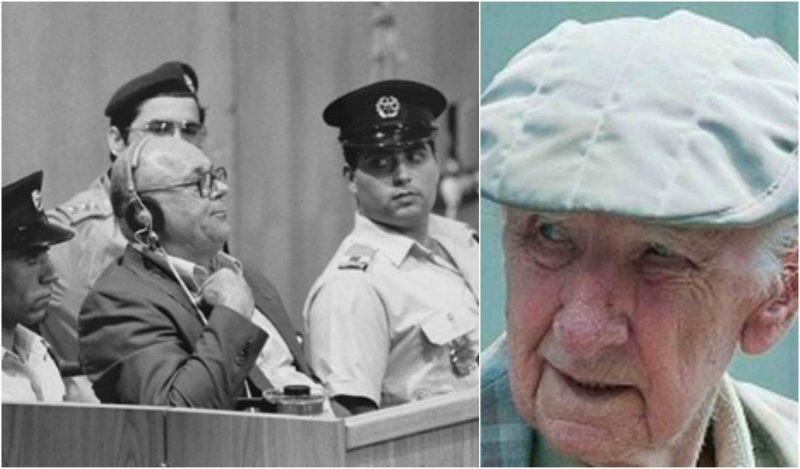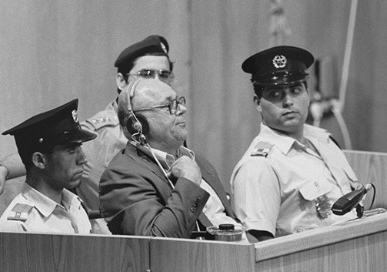World War II concluded over seven decades ago, as did the postwar Nuremberg trials that followed. Despite the efforts by many to prosecute former Nazis for their role in the murder of 6 million Jews and other wartime atrocities, many of them continue to evade prosecution in the courts. Once the Germans were defeated, many of them left Europe for the United States, Canada and South America. Upon arrival they took on new identities. There were some high profile Nazi leaders who were found and prosecuted such as Adolf Eichmann. However, many evaded the law and were able to die free like the horrendous doctor Josef Mengele. With each passing year, the amount of living Nazis obviously gets smaller. Those seeking justice are in a serious race against the clock. Below is a list of the remaining “most wanted” Nazis who have been forced to face charges for their role in recent times, some who passed away before that could occur and some who are still out there.
-
John Demjanjuk
Demjanjuk was born in the Ukraine, but immigrated to the United States once World War II ended. He became a naturalized citizen in the 1950s, and was employed by a Ford automotive plant located in Ohio for many years. In 2011, a long court process in the United States, Israel and Germany took place. A German court found him guilty of being an accessory to over 28,000 counts of murder while working as a guard at the Sobibor concentration camp in Poland 1943. After a pending appeal, Demjanjuk was released before dying in a German nursing home in 2012. However, the ruling did establish a landmark precedent to charge guards who served at Nazi death camps as accessories to all the murder that took place there. There had been no direct evidence linking him to a specific crime, but he was still convicted.
-
Laszlo Csatary
Csatary worked as a Hungarian police officer in the city of Kosice (now in Slovakia, but then occupied by Hungary) in 1944. He allegedly facilitated the deportation of more than 15,000 Jews to the death camp of Auschwitz. In 1948, he was convicted in a Czechoslovak court in absentia and sentenced to death. Not surprisingly, he took off to Canada where he was an employed as an art dealer until 1997. The Canadian government found out that he lied on his passport application and revoked his citizenship immediately. Csatary went missing for a decade, but was arrested in 2012 in Budapest. In 2011, the Simon Wiesenthal Center (a Jewish human rights organization known for its determined hunting of former Nazis) as its “most wanted” suspect. At the age of 98, Csatary died awaiting trial under house arrest in 2013.
3. Hans Lipschis
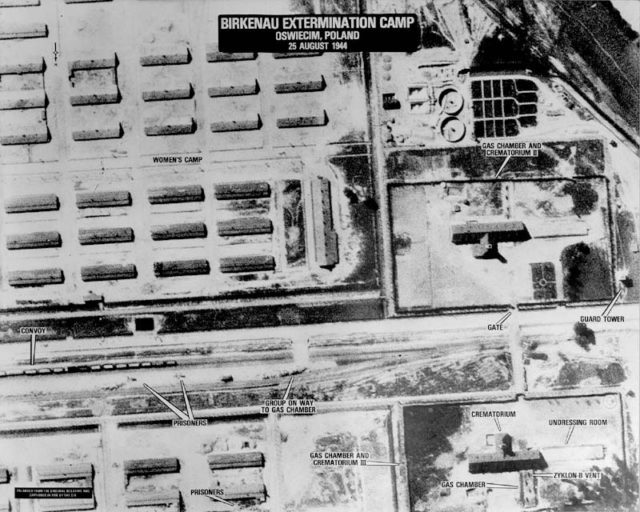
With the precedent set by Demjanjuk’s conviction in 2011, German authorities started a new campaign to bring in 50 men that were suspected of being former guards at Auschwitz-Birkenau. During the years of 1941-1945 about 1.5 million people were murdered. At the age of 93, Hans Lipschis was the first one charged. He resided in Chicago for almost three decades after World War II ended before being deported for lying about his Nazi affiliation. Prosecutors believed he was a guard at Auschwitz from 1941-1943. He claimed that he worked only as a cook. However, in 1914 a German court found that Lipschis was mentally unfit to stand trial. He was suffering with dementia.
4. Vladimir Katriuk
Katriuk was a platoon commander in a Ukrainian battalion of the SS (the elite Nazi storm troopers) from 1942-1944. During the 1950s, he fled to Canada, but in 1999 a Canadian court realized he lied on his passport to enter the country. However, the Canada government opted to not take his citizenship away. The Simon Wiesenthal Center had placed him in second place on their annual list of the “most wanted” former Nazis after a new study came out. It cited Katriuk as an active part of the massacre of more than 150 people (mostly women and children) in the village of Khatyn in Belorussia (now Belarus) in 1943. The Russian authorities tried to extradite him in May, 2015 for these alleged war atrocities. At the age of 93, the bookkeeper died in Quebec after losing a battle with a longtime illness.
5. Oskar Groenig
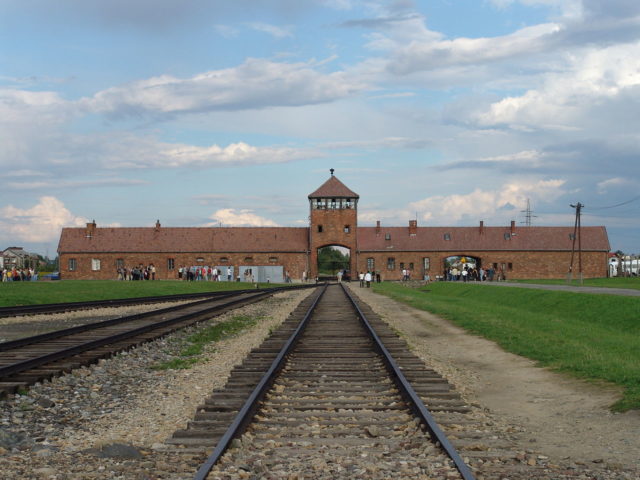
After World War II ended, Oskar Groenig (former SS-Unterscharführer junior squad leader) was released from a British prison. He exited the military to start a normal middle class life, and he made a living at a glass making factory located in Lower Saxony, Germany. Decades later he got wind that people were saying the Holocaust never took place. This led to him speaking out about his time serving as a guard at Auschwitz in a 2005 BBC documentary. He went into detail about the gas chambers and the selection process that took place. He claimed that he took no part in the direct killing of innocents. A court in northern Germany convicted him in July, 2015. His nickname became the “Bookkeeper of Auschwitz” since he was believed to be responsible for tracking the money and possessions that were taken from prisoners who arrived. He was convicted of 300,000 counts of accessory to murder, and at 94 years old sentenced to a four year prison sentence.
6. Gerhard Sommer
This man sits atop the Simon Wiesenthal Center’s list of the “most wanted.” Sommer was a soldier in the 16th SS Panzer Division in 1944 when he supposedly participated in the massacre of 560 civilians. This included 119 children in the Tuscan town of Sant-Anna di Stazzema. In 2005, an Italian court convicted 10 former SS officers (including Sommer), in absentia. Germany did not extradite any of those men, and the German prosecutor dropped the case against Sommer in 2012 due to lack of evidence. However, the case was reopened in 2014 after specialists found Sommer living in a nursing home north of Hamburg. He was deemed unfit for trial at the age of 93 and suffering from severe dementia.
7. Alfred Stark
Stark was a former corporal of the Gebirsgjäger division. Today he is 92 years old, and is being accused of giving orders to execute 117 Italian prisoners of war on the Italian-occupied island of Kefalonia, Greece in 1943. In September, 1943 Germany and Italy broke their alliance. The aftermath of the break led the Germans to kill almost 9,500 officers of the Acqui Division, including the POWs on Kefalonia. As a result, a military court based out of Rome in 2012, sentenced Stark to life in prison in absentia. Germany denied the call to extradite him to face justice. Stark is positioned in second place on the SWC’s “most wanted” list.
8. Johann Robert Riss
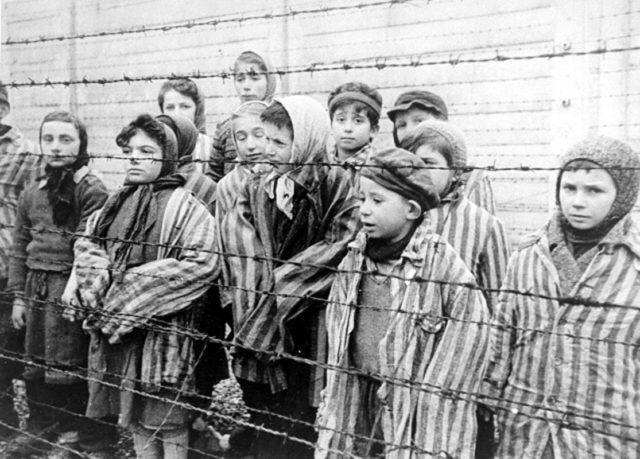
Nazi troops retaliated violently after two resistance fighter shot two German soldiers. It sparked a massacre of about 184 civilians (including 27 children and 63 women) in the Tuscan town of Padule di Fucecchio in 1944. One year later, British sergeant Charles Edmonson spoke with survivors in hopes of making a case to obtain justice for those responsible. According to the various accounts he took, a military court in Rome sentenced Riss and two other former Nazis to life in prison in absentia in 2011 for their participation in the atrocities. The court wants the German government to pay 14 million Euros to compensate the relatives that are still living. Germany declined and even refused to extradite those convicted. Riss is 92 years old and resides in a village south of Munich; he denies all charges against him. He is third on the SWC’s current “most wanted” list.
9. Algimantas Dailide
He was an officer in the Lithuanian Security Police which was sponsored by the Nazis. Dailide was accused of arresting 12 Jews who were trying to escape Vilna (Jewish ghetto in the city of Vilnius) during the early 1940s. He then handed them over to the Nazis that most likely murdered them. After the war he fled to the United States and worked as a real estate agent in Florida. Once the United States government found out about his Nazi ties, they stripped him of his citizenship. He got deported, and he and his wife moved to a small town of Kirchberg, in western Germany. The Vilnius court convicted him of war crimes, but the Lithuanian government made lame attempts to bring him home for trial. In 2008, a high court in Lithuania determined that Dailide’s health made him ineligible to serve time in prison. He remains at No. 4 on the SWC “most wanted” list.
10. Adolf Hitler
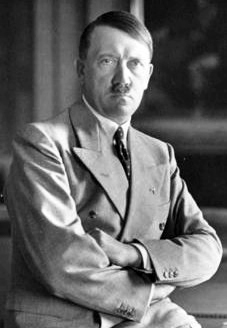
There are some people that do not believe that Adolf Hitler actually committed suicide in his Berlin bunker in April 1945. The leading theory about this most wanted Nazi states that he escaped to South America where he lived the rest of his life unpunished for all the atrocities he headed. Scholars agree that his wife Eva Braun committed suicide inside that bunker as well. However, rumors that Hitler survived came about in early 1945. Officials never publically identified the couple’s remains. The FBI declassified more than 700 pages of tips and notes on investigations in 2014 into whether Hitler (like other leading Nazis) escaped to South America. These pages ignited a bunch of new investigations into the conspiracy theory related to Hitler’s escape, including expeditions into the secret network of tunnels that were built based on Hitler’s orders. They are located under Berlin and in the dark corners of the Argentinean jungle.
